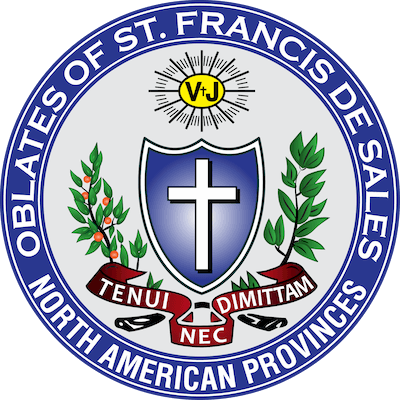Pablo Picasso’s Guernica
I am exploring Pablo Picasso’s (1881-1973) political worldview, explicitly his paintings of war’s dehumanization. Guernica [gehr·nee·kuh] (1937) is best known among his anti-war paintings. This work gives us a chance to reflect on artistic purpose and Salesian Spirituality as art with a purpose. Some historical background…
April 26 marks the 87th anniversary of the bombardment of Guernica during the Spanish Civil War (1936-1939). Fifty tons of building- and bone-busting bombs eviscerated the community with 70% of all structures destroyed. One study suggests 153 people were killed with an unknown number wounded or traumatized. German and Italian aircraft, supporting the monarchist-fascist coalition (Nationalists), bombed the Basque town for three hours to disrupt Soviet-supported, republican-communist-socialist alliance (Republicans) logistics. Yes… these forces were a complex array of socio-political interests.
The German air planner decided to block defeated Basque Republican troops from retreating through Guernica by knocking down as many structures (bridges, roads, buildings) in the town as possible. In framing his military objective he was callously indifferent to people living or working in the buildings or that the day of attack was Monday—market day, attracting increased pedestrian and animal traffic. Nonetheless, Guernica was deemed a ‘legitimate’ military target.
In Guernica, Picasso rebuked the hideousness of war and the indifference of its perpetrators to suffering innocents. It bursts with symbolism—a Picasso trademark. For example, observe the candle at left-center as it is being ‘advanced’ across and over the war’s grotesque wreckage by a thrusting arm. Hmmmm… What might it represent?
Picasso wrote forcefully in 1945…
What do you think an artist is? …if he is a painter… he is also a political being, constantly aware of the heartbreaking, passionate, or delightful things that happen in the world, shaping himself completely in their image… No, painting is not done to decorate apartments. It is an instrument of war for attack and defense against the enemy.
Set aside ‘attacking’ and ‘defending’ as an artistic metaphor. Picasso was a champion of peace and his work awakened consciousness and conscience. In fact, a Guernica tapestry hangs over the United Nations Security Council to caution members who seek military solutions to complex problems.
Meanwhile, Salesian artists… and I mean all who pick up Francis’ brushes and apply his technique to place Christ before the world in all His brilliance, colors, shades, grace of movement, depth, and breadth, are convicted with equal passion to awaken spiritual consciousness and a moral conscience in our fellow travelers. Like St. Paul, we too shape ourselves, as needed, to convey Christ in all that is heartbreaking, passionate, or delightful. Nor is our work intended as wall decoration.
Guernica, 1937
Imagine your heart/soul as sculpture… does it compel spiritual wakefulness? Well, of course, it isn’t in a museum—it is at large on the streets! So much more should it evidence the antithesis of indifference! Francis, the master artist, compared a hard heart with a malleable heart, where the latter could receive the impression of our Father’s will. He wrote that if his heart is hard it…
…does not easily receive the divine impressions, but lives in its own will, amidst the inclinations which accompany our depraved nature. On the contrary, a gentle, pliable, and tractable heart, is termed a melting and liquefied heart…
Salesian art must then intend change, shape purpose, raise consciousness, sharpen spiritual awareness, stir hope, and expose in the light of Christ whatever is cruel or callous, whether in the Ukraine, Gaza, in our church, or homes, or schools.
¡Vive Jesucristo!
Fr. Mark Plaushin, OSFS
Love. Learn. Serve. Charlie Mike
Now about that candle…
Easter Vigil San Pablo, Málaga, Spain, 2024
The Candle
In the dark desert night
The wreckage of our liberating presence is concealed.
And somewhere, everywhere,
A scream or rifle shot annunciates the devastation.
On the dark desert floor in the dark desert night that chills,
Within a hard heart’s vault I store memories of my dissolution.
And these memories become the refrain that numbs compassion.
While discouraged charity retreats in unembarrassed impotence.
But I am released from self-absorption by a determined altar server,
No more than seven, in fitting alb, white and starchy.
His small hand awakens me with Spanish handsome strength,
And insists the Vigil taper into mine, ¡Su luz, Señor!
¡Your light, Señor! There is no turning back, the light is mine, he’s made it so.
With concentrated care, we turn and bring the flame to others.
In the dark church of San Pablo three hundred candles mock the dark.
All the work of a faith-filled boy who knows what he’s about!
Around the world this Paschal night,
The Vigil Fire is now at large in haloed Candles’ incandescence.
A radiation that refreshes vision.
That insists its place amid the wreckage.
In the Candle’s gleam arises new humility,
That to accept the past is not to bless the worst,
And to know the worst need not curse the future.
For a Light has come to us, carried by children, that points to hope.






